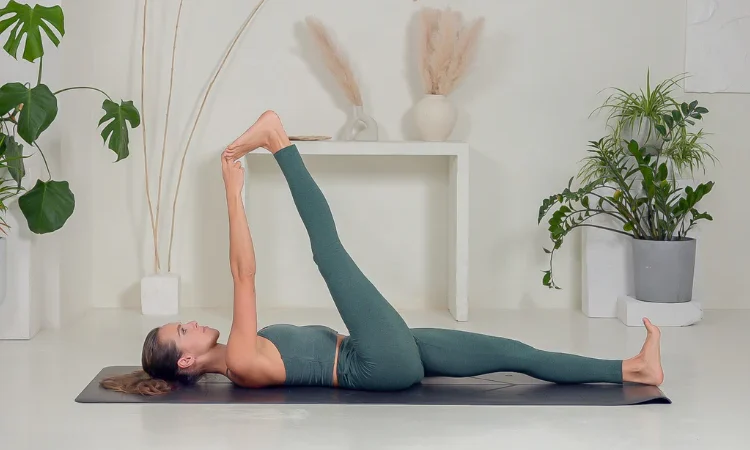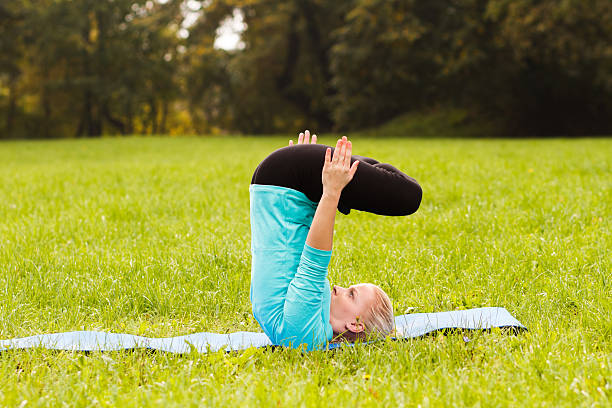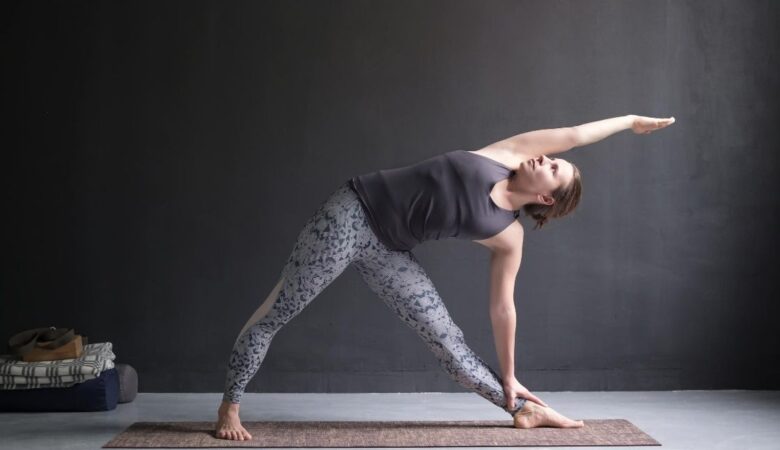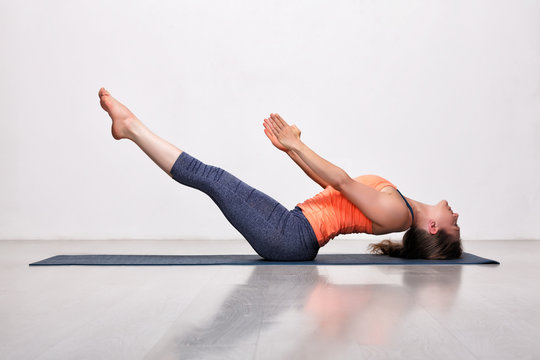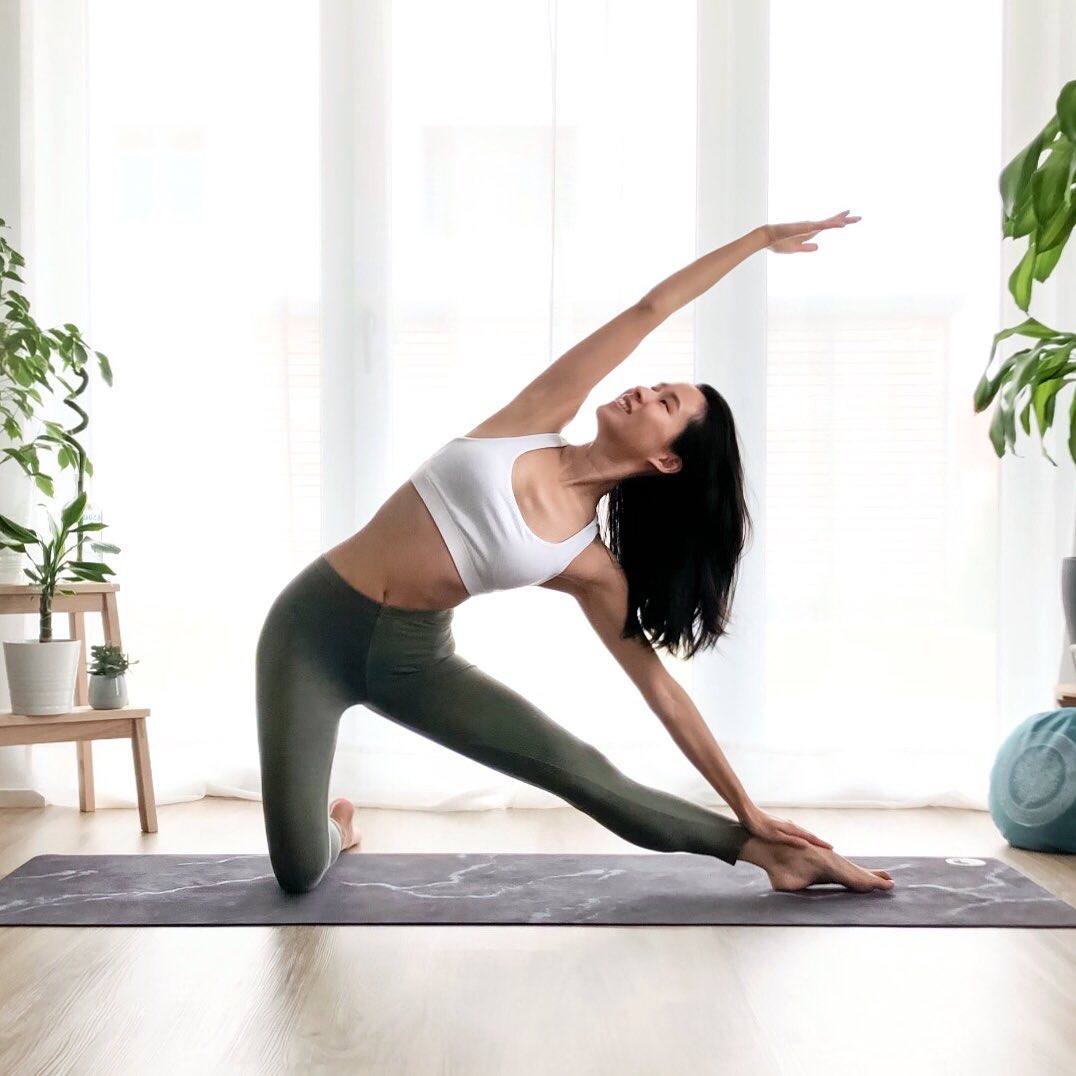
Sanskrit Name: Parighasana (परिघासन)
English Name: Gate Pose
Type of Yoga: Vinyasa Flow Yoga
Level of Yoga: Basic
Duration: As per your capability or 30 to 60 seconds on each side
Target Area: Hamstrings, Vertebral Column, and Sides of the torso
Strengthens: The Respiratory System
Parighasana is an essential posture for beginners. Its practice is beneficial for the muscles of both sides of your body, and the rest also keeps the body dry for the rest of the body. Today, in this article below I am going to mention the methods of doing this asana, its benefits, precautions, etc.
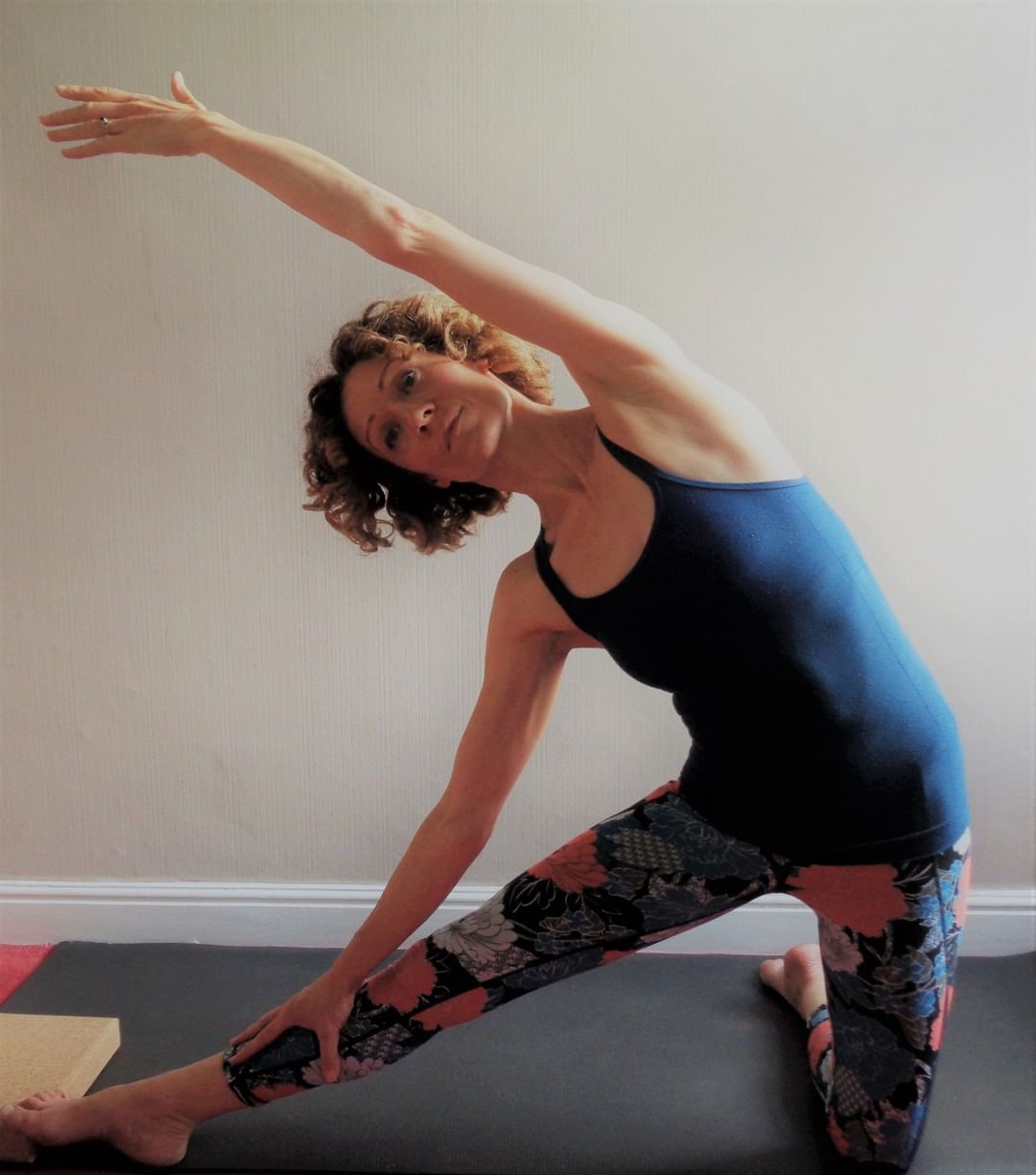
Table of Contents
What Does It Mean By Parighasana?
The word Parighasana has come from two Sanskrit language words,
Where the first word is “Parigha (परिघ)”, which means “An Iron Beam Used for Locking a Gate”
And the second word is “Asana (आसन)”, which means “Yoga Asana”
In the ending posture of this asana, the shape of your body looks a lot like that of a crossbar or beam that is usually used for securing the lock in the gate and thus the name. This asana is called “Gate Pose” in English. Parighasana is an outstanding yoga to keep fit your intercostal muscles.
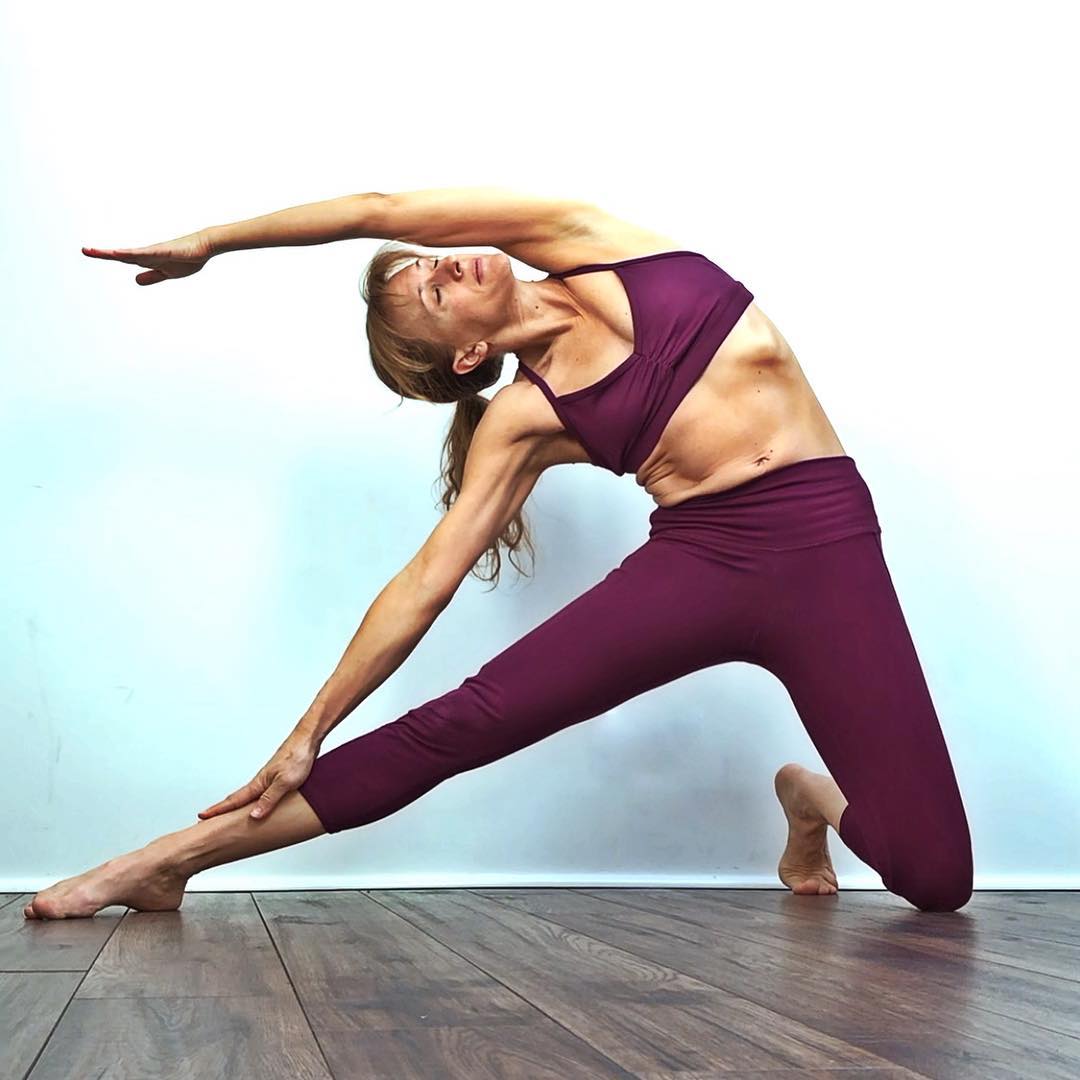
Preparatory Poses of Parighasana (Gate Pose):
- Baddha Konasana (बद्ध कोणासन) or Bound Angle Pose / Butterfly Pose
- Adho Mukha Svanasana (अधो मुख श्वानासन) or Downward Facing Dog Pose
- Prasarita Padottanasana (प्रसारित पादोत्तासन) or Wide-Legged Forward Bend
- Utthita Parsvakonasana (उत्थित पार्श्वकोणासन) or Extended Side Angle Pose
- Upavistha Konasana (उपविष्ठ कोणासन) or Wide-Angle Seated Forward Bend
- Virasana (वीरासन) or Hero Pose
- Trikonasana/Utthita Trikonasana (त्रिकोणासन/ उत्थित त्रिकोणासन) or Triangle pose/Extended triangle pose
- Supta Padangusthasana (सुप्त पादंगुष्ठासन) Or Reclining Hand-To-Big-Toe Pose
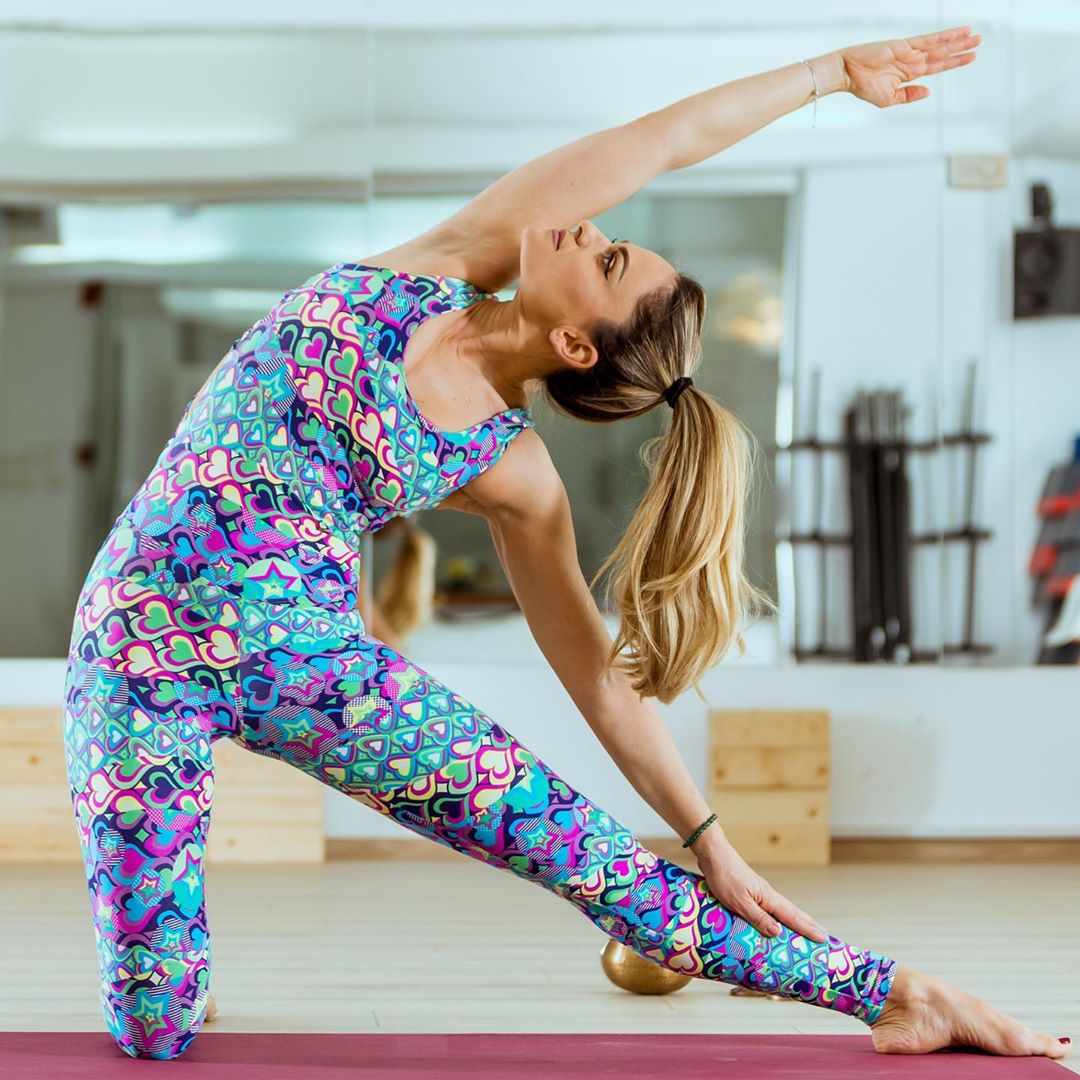
Method of Doing Parighasana (Gate Pose):
At first, kneel down on the yoga mat or on the floor
Keep your ankles and knees together
Stretch out your right leg to your right side and keep it straight
Now firmly place your right foot on the ground
Keep your right leg tighten up at your knee
Now turn your right hip outwards facing your right knee upwards
Your left thigh must stay vertical to the ground
And your right heel must stay aligned with your left knee
Now inhaling, raise the arms aligned with the shoulders as well as parallel to the ground
You can either keep your palms facing up or down
Now take a profound breath
Exhaling, bend the torso towards your right leg as much as possible
As soon as you bend, place your right hand on the shin with your palm facing up
Now, turn your left palm upwards as well as stretch the left arm as much as possible
Turn your head upward
Breathing normally, hold this posture for 30 to 60 seconds
Practice at least twice from every side by switching the place of your legs & arms
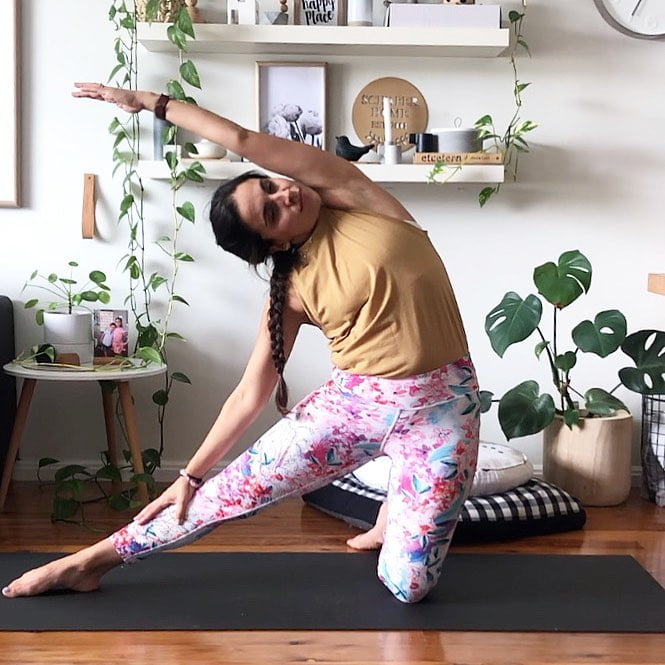
Beginner’s Tips:
If you are new to yoga then you might not have that much flexibility to reach your feet or keep your feet flat on the ground. If this is the case then
You may place a yoga block or folded blanket under your foot
Be very careful and do not lean forward while you bend sideways
If you feel uncomfortable then you can seek help from any yoga expert before practicing this asana
Instead of engaging the hand on the leg, you can use a yoga block as well to place your hand
Follow-up Poses of Parighasana (Gate Pose):
- Parivrtta Janu Sirsasana (परिवृत्त जानू शीर्षासन) Or Revolved Head-To-Knee Pose
- Trikonasana (त्रिकोणासन) or Triangle Pose
- Utthita Parsvakonasana (उत्थित पार्श्वकोणासन) or Extended Side Angle Pose
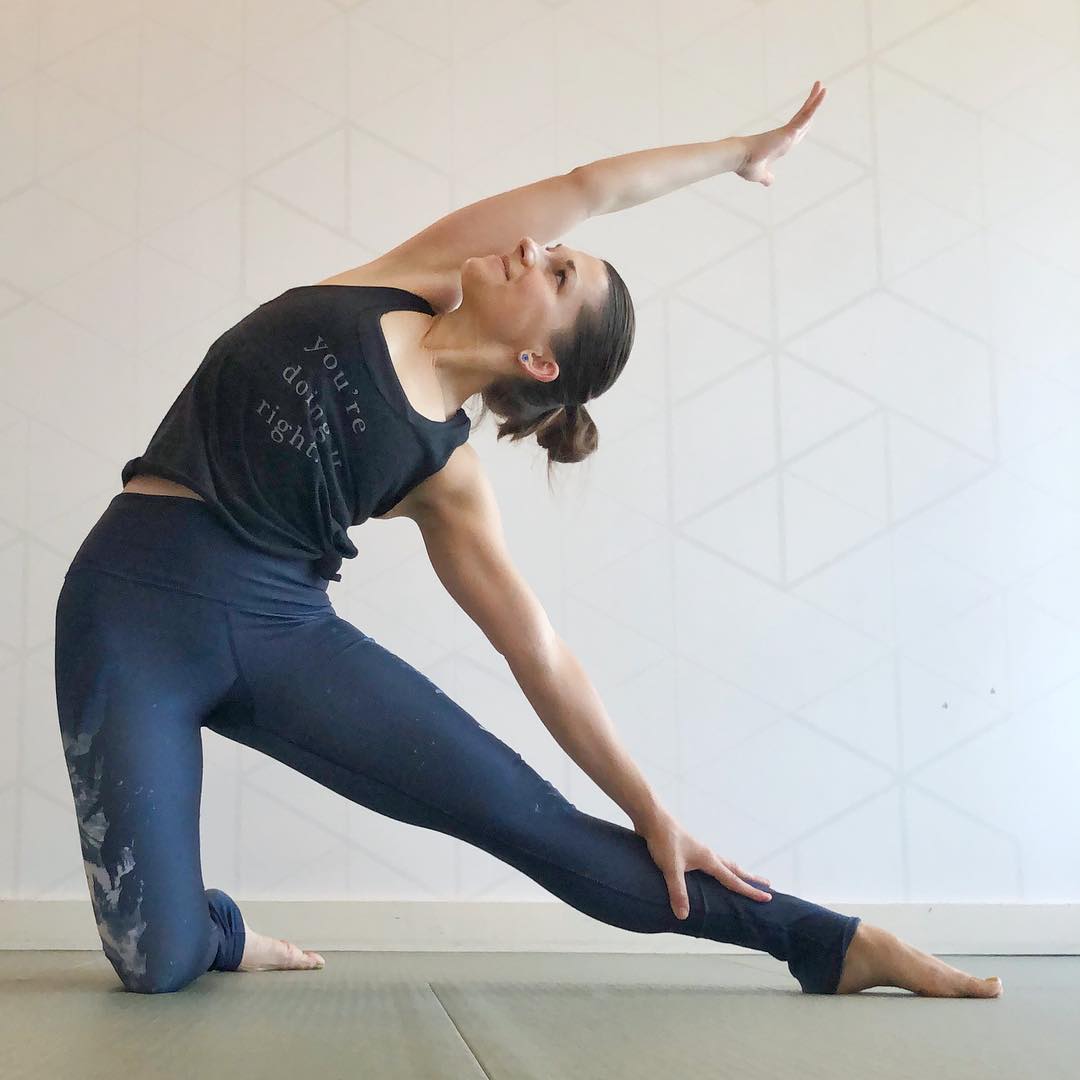
Precautions to Parighasana (Gate Pose):
Do not do this posture while having severe injuries or discomfort in knees, legs, hips or shoulders
If you have pain in your ankle or shoulder joints do not do this asana
Do not practice this asana during menstruation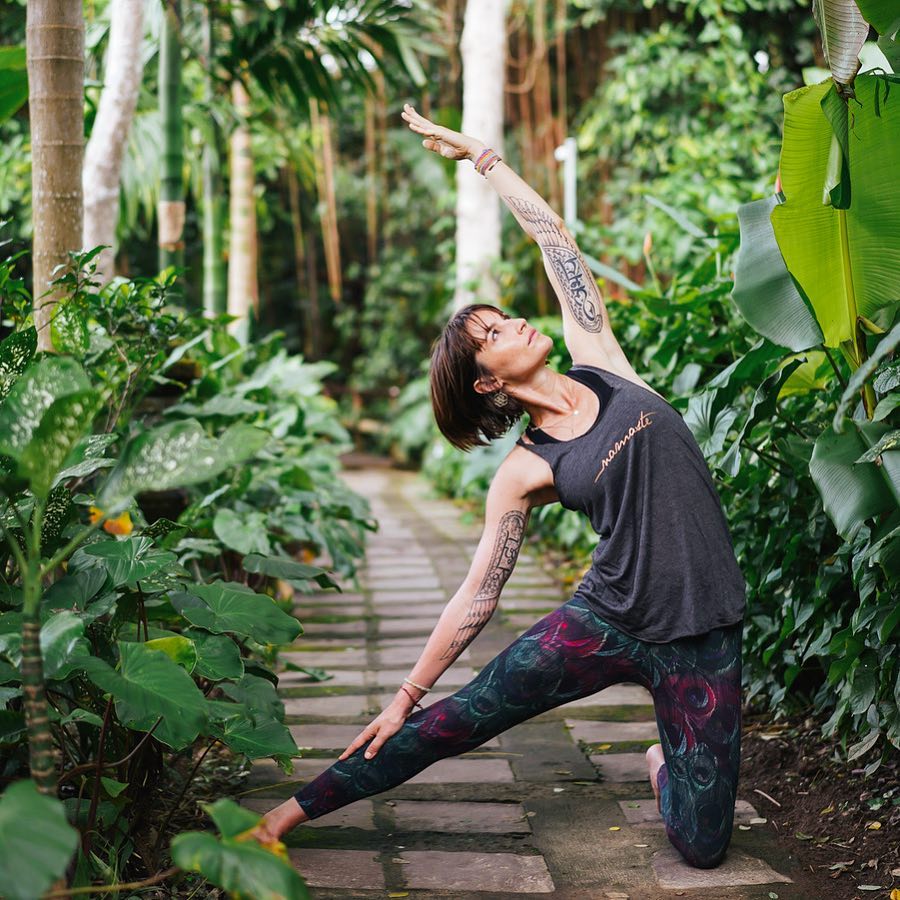
Benefits of Parighasana (Gate Pose):
- Regular practice of this asana stretches the hamstrings, calves, and spine
- This asana helps to stimulate the abdominal organs and the lungs
- Parighasana opens your shoulders, side body, and chest
- Build great balance in your body
- Regular practice of this asana helps to loosen up your muscles of your back and thus makes it even more flexible
- It stretches your pelvic region
- This asana helps to stretch your intercostal muscles that are placed between the ribs. These intercostal muscles support in the breathing system
- Stretch in all the muscles of the hip to the fingers
- The spinal cord has flexibility
- The torso, especially the stomach muscles, is strong
- Digestion, respiration, and blood flow becomes smooth

